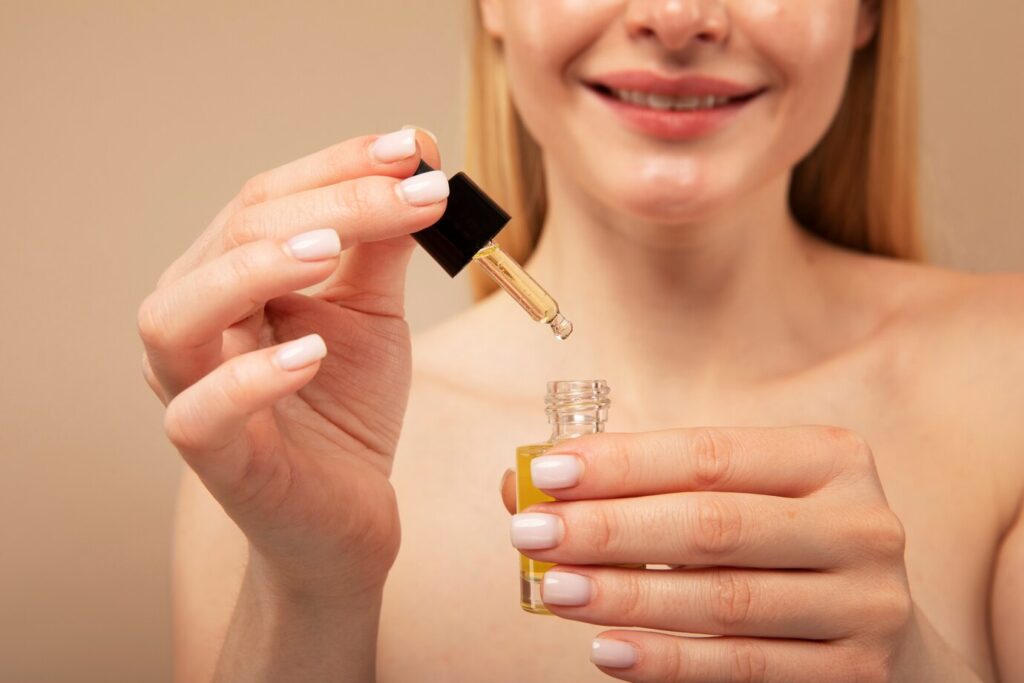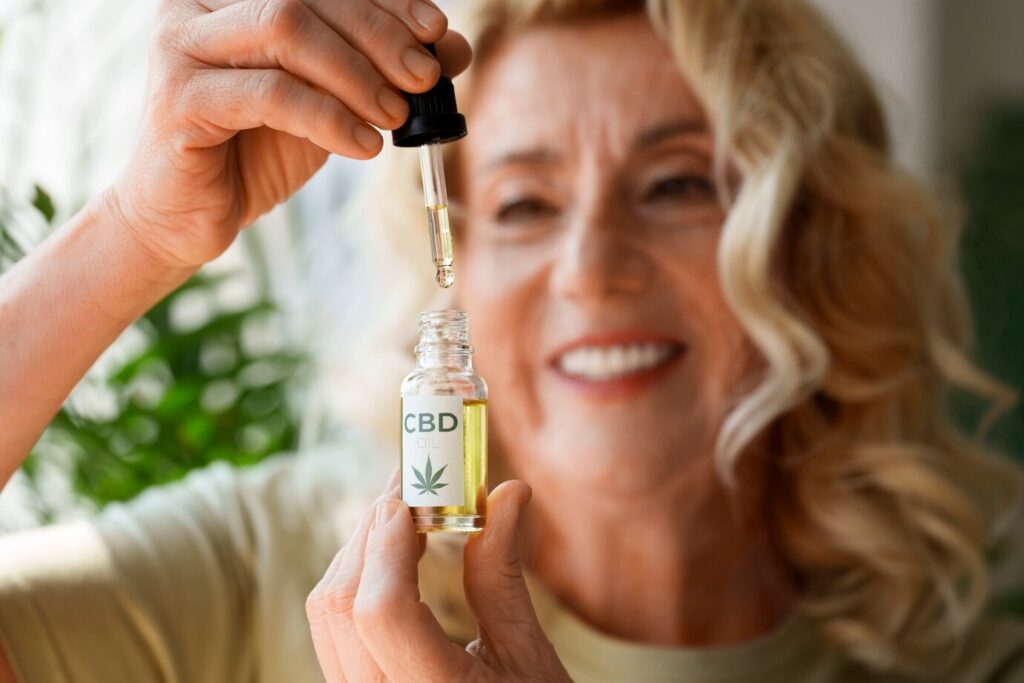Table of contents
As the popularity of CBD continues to grow, more people are turning to it for its potential to relieve pain, reduce anxiety, improve sleep, and promote overall well-being. But when shopping for CBD products, one of the most confusing aspects can be figuring out CBD oil strengths and concentrations.
What does “1000mg” really mean on a bottle of CBD oil? How do you choose the right strength for your needs? This comprehensive guide will help you understand CBD oil strengths, how to calculate dosages, and how to pick the product that’s right for you.
What Are CBD Oil Strengths?

CBD oil strength refers to the amount of cannabidiol (CBD) contained in a product. It’s usually listed in milligrams (mg) on the label. The CBD oil strength helps determine how potent each serving is.
For example:
- A 30ml bottle with 300mg of CBD has 10mg per ml.
- A 30ml bottle with 1000mg of CBD has 33.3mg per ml.
Stronger concentrations mean more CBD in each drop, which can affect how much you need to take.
Why CBD Oil Strengths Matter
Choosing the right CBD oil strength is essential for achieving the desired effect. Too little might not be effective, and too much may cause unwanted side effects like fatigue or dizziness.
Your ideal strength depends on:
- Your body weight and metabolism
- The severity of your symptoms
- Your tolerance level
- The delivery method (sublingual, capsule, topical, etc.)
Common CBD Oil Strengths Explained

Here’s a breakdown of common CBD oil strengths and what they’re typically used for:
1. Low Strength (100–500mg per bottle)
- Best for beginners
- Used for mild symptoms like occasional anxiety or stress
- Typically 5–10mg per serving
2. Medium Strength (500–1000mg per bottle)
- Suitable for moderate symptoms such as chronic pain or sleep disturbances
- Often used by those with some CBD experience
- 15–33mg per serving
3. High Strength (1000mg and above)
- Designed for experienced users
- Helps with severe conditions like intense pain or persistent insomnia
- 33mg+ per serving
How to Calculate CBD Oil Dosage Based on Strength
To find your dose:
- Check total mg of CBD in the bottle
- Divide by the number of mL in the bottle
- You’ll get mg per mL (most droppers hold 1mL)
👉 For example:
1000mg CBD in a 30ml bottle = ~33mg CBD per ml
You can then adjust how many drops or milliliters you take based on your desired dose.
Matching CBD Oil Strength to Your Needs
Here’s a simple guide based on user goals:
| Goal | Recommended Strength |
|---|---|
| General wellness | 300–500mg (Low) |
| Stress & mild anxiety | 500–1000mg (Medium) |
| Chronic pain or insomnia | 1000mg+ (High) |
Always start low and go slow—you can gradually increase the strength or dosage as your body adapts.
FAQs About CBD Oil Strengths
Strength refers to how much CBD is in the bottle, while dosage is how much you take at one time. For example, a high-strength bottle may allow smaller doses with higher effects.
CBD is non-toxic and generally safe, but taking too much may cause side effects like drowsiness or upset stomach. Stick to recommended dosages and consult a doctor.
Not always. Higher isn’t always better—sometimes a lower dose is more effective depending on your condition, body chemistry, and goals.
Start with a low or medium strength and monitor how you feel. Adjust based on effects, and consider consulting a healthcare provider if you’re unsure.
They may provide more noticeable effects per dose, but absorption time depends on the method (e.g., sublingual vs. edible) rather than just strength.
Final Thoughts
Understanding CBD oil strengths and concentrations is crucial for anyone looking to incorporate CBD into their wellness routine. By learning to read labels and calculate dosage, you can choose a product that matches your needs and delivers optimal benefits. Remember to start with a low dose and adjust as necessary to find your personal “sweet spot.”
And always make sure to buy from trusted brands that provide third-party lab testing and clear labeling.





